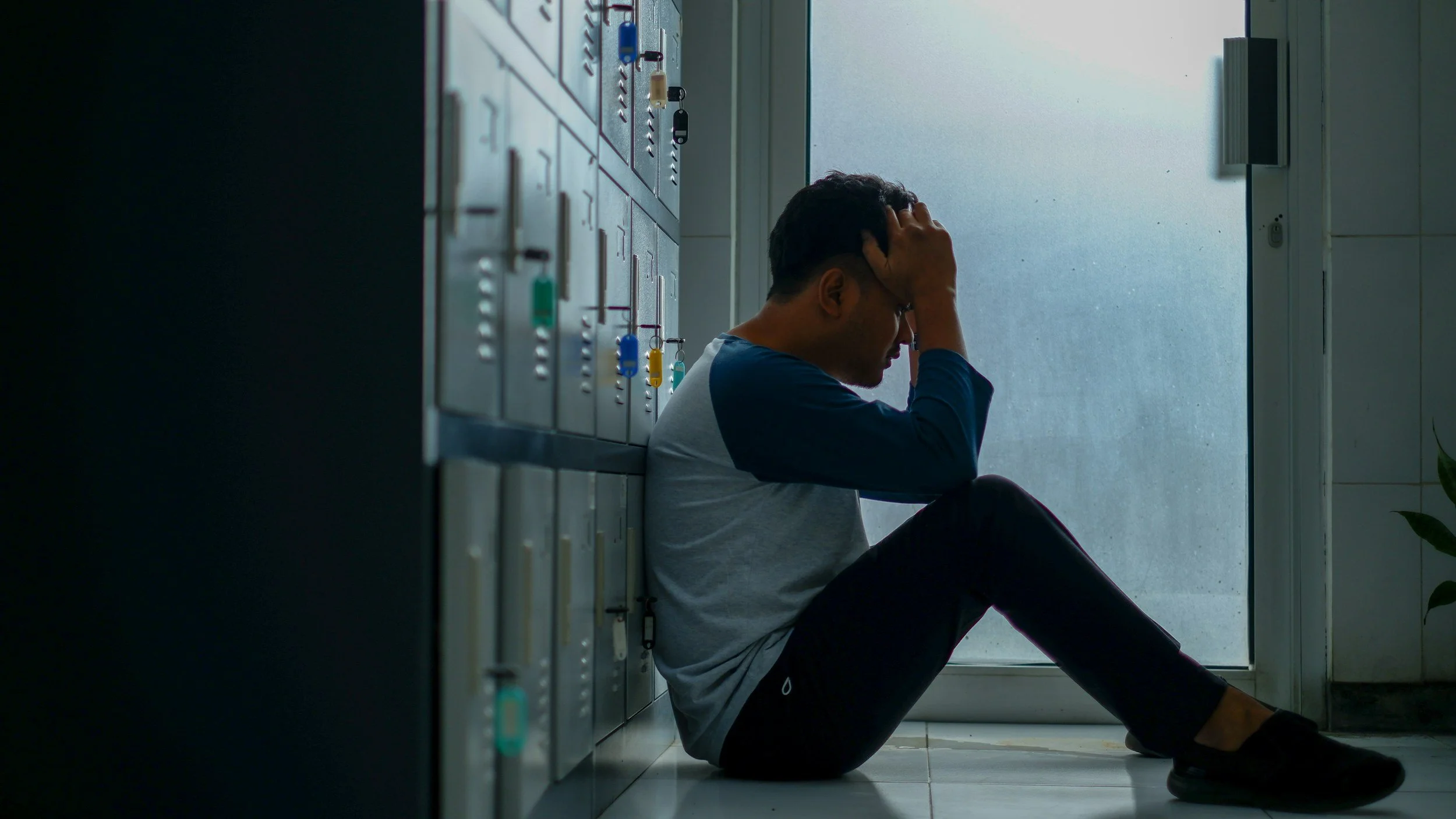How to Stop Burnout Once and For All
You get home from work late on a Thursday night. The kids haven’t done their homework or chores, you still have to make dinner, and the work emails just won’t relent. You want nothing more than to take a hot bath and crawl into bed by 7 o’ clock. But adult responsibility often means putting off our own needs for a little while to take care of those who depend on you. So the cycle continues, and slowly you get worn more ragged.
That’s when you get really sick, and have to take time off work.
Without having a self-care plan or routine, this cycle of unsupported overwork could continue until a point of absolute burn-out. It happens to a lot of us: in a recent study, 77% of respondents say they have experienced burnout at their current job, and 83% say that burnout has a negative impact on their personal relationships. The current work from home trend since the beginning of the Coronavirus pandemic last year has further tipped the work/life balance for some people, with little boundary between work hours and personal life. Burnout can also be caused by more than just doing too much without a break. It can also occur when you are going about your life in a way that doesn’t align with your core beliefs and values. This might look like not being happy with a job that asks you to do something you don’t believe in or feel comfortable with. It can also come in the form of feeling isolated by the people in your life if they don’t share the same values. If you think you might be feeling burnout because of this, I urge you to read our blog post from last year about finding your core values. Burnout can have pretty lasting impacts on our health and wellbeing, both physically and mentally. As more research is done into the effects of burnout from our frenetic work society, it seems that self-care can no longer be considered a luxury. Taking time to rest and recharge is a necessity for you to lead a happy, productive life.
But if you’re just starting out with this transformative self-care journey, where do you even begin?
At the Pearl Day Spa, we define self-care as a transformative practice to take care of ourselves emotionally, mentally, spiritually, and physically. What that looks like is different for each person. How I care for myself will be different from how my coworkers do, or even how my partner does. It can vary throughout our lives, too. You may first need to focus on physical self-care, like eating healthy and exercising. A while later, you might need to focus on mental self-care, taking time to meditate and journal daily. No matter what activities you do for self-care, it is critical to make time and space in our hectic lives for recharging to occur. An important part of creating your personal self-care plan is to determine how you take time to recharge. Again, this differs from person to person.
I’ve outlined different personalities for recharging, as well as some recommendations for each style. These archetypes aren’t set in stone, but are meant to give you a better understanding. If something resonates with you, explore how you could add it to your life. Just because you enjoy taking longer breaks less frequently doesn’t mean you can’t benefit from spending a little time each day to recharge. If your style doesn’t seem to be working for you, try switching it up and do something different. You might learn some things about yourself.
The Slow-And-Steady: This person is like the proverbial tortoise, taking things slowly and pacing themselves. They schedule regular breaks through the week and have firm boundaries about honoring the schedule. They like to take monthly or quarterly “mental health” days off work. Self-care rituals built in to morning or evening routines, and can feel discombobulated when routines aren’t completed. Activities include a dedicated yoga or meditation practice, skincare or bath routines, camping on weekends, or even sleeping in late somedays.
The Micronapper: To the untrained eye, this person is go-go-go, but their recharging time is built into their busy life. They take frequent short breaks throughout the day to pace productivity. They might do things like taking a slightly longer lunch break, frequent walks, getting up and stretching by their desk, or waking up early to do a yoga video. The micronapper is content to go long periods without taking time off, but rather delights in occasionally taking a half-day, or booking a massage appointment at the end of the day to unwind.
The Vacationer: The vacationer likes to go all out. They take large chunks of time off less frequently than other personalities, and enjoy going on vacation to recharge. Travel and adventure fuel this person— anything to shake up the monotony of a daily routine. They derive pleasure from planning and working toward their big adventure, or might enjoy a staycation to rest and recharge.
The Hermit: Can take any amount of time off, but tends to withdraw to recharge. They might be the friend you haven’t seen in months, preferring to stay home rather than be social. This style of recharging also benefits from unplugging from technology, so they might take breaks from social media or not appreciate being contacted by work associates while recharging.
The Social Butterfly: The opposite of the Hermit, this person recharges through quality time spent with good friends. When work gets in the way of their strong friendships and social calendar, they can feel depleted. Having a rich social life keeps them balanced and happy. Taking day trips with friends or scheduling a social lunch can help recharge the Social Butterfly.
When starting your self-care journey, it helps to sit down and make several lists. First, list all the indicators in your life that you are feeling exhausted or burnt out. Are you neglecting daily chores? Bingewatching inordinate amounts of television? Tired all the time? How do you treat your loved ones when at this level? For me, the health of my house plants acts as an indicator of my own self support. Sad droopy plants usually tell me I’m fast approaching burnout. Reflect on your own habits and behaviors, and compare how you operate when in need of recharging versus when you are at full-charge. Being self-aware of your own indicators is vital to being able to support yourself in a sustainable way.
Once you know your warning signs, create a list of self-care activities that help you feel recharged. I refer to this as your self-care emergency plan. These can be things like taking a hot bath, calling a friend or loved one, going on a hike, meditating every evening. Do whatever you enjoy doing that fuels you, ideally with little planning or effort beforehand. It can be really hard to do the prep work when you’re already exhausted, so have some easy simple things to get the ball rolling .
Next, schedule your recharge break(s). This could be a scheduled afternoon or day out of the office, or an extended vacation, it’s up to you. The most important thing is that it gets scheduled and that you honor that schedule. Life can sometimes get in the way, and unless you prioritize your time to recharge, self-care can get pushed aside in favor of work or family or other responsibilities. That’s not to say shirk your responsibilities, but there’s a time and place for action as well as rest.
I hope you have gained some insight into approaching self-care in a sustainable and proactive way. Instead of doing these things as a reaction to high levels of stress, doing them sooner to prevent burnout can have a lasting profound effect on mental, physical, and emotional wellbeing. When you take care of yourself regularly in a manner that agrees with your lifestyle, you are able to lead a happier, more productive life, and can be of better service to those who depend on you. Whether you take quick frequent breaks, or schedule long annual vacations, knowing your preferred recharge method is the first step in a lifelong journey of transformative self-care.















